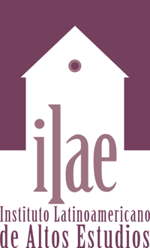From the criminal class and the dangerous classes to the criminal law of the enemy
Abstract
Criminal selectivity and labeling are not contemporary phenomenons, they have existed since the beginning of criminal law as public punitive power. It has manifested itself as punitive selection for sex, religion, race, dangerousness, abnormality, degeneration, biological inferiority, morphological or psychic characteristics, social condition linked to poverty, social disorganization, lack of culture, the loss of values, the ways of life conduction (sexual tendency, alcoholism, homelessness, prostitution, drug addiction), social protest or opposition to regimes. From the 13th century to the present, increasing in the 19th century, this penal selectivity has had different labels for the individuals targeted: witches or heretics, criminal classes, dangerous or vicious classes, degenerate, abnormal, incorrigible, irretrievable, bums, wicked, antisocial, ruffians, strangers, illegal immigrants, criminals, terrorists and so many other denominations, including “enemy”, which has been a common denominator throughout these centuries for those who diverge, for those considered more dangerous. This has generated labeling, social stigmatization, humiliation, criminalization, segregation, death penalty, prison and social exclusion.





 WhatsApp al (57) 314 486 3057
WhatsApp al (57) 314 486 3057